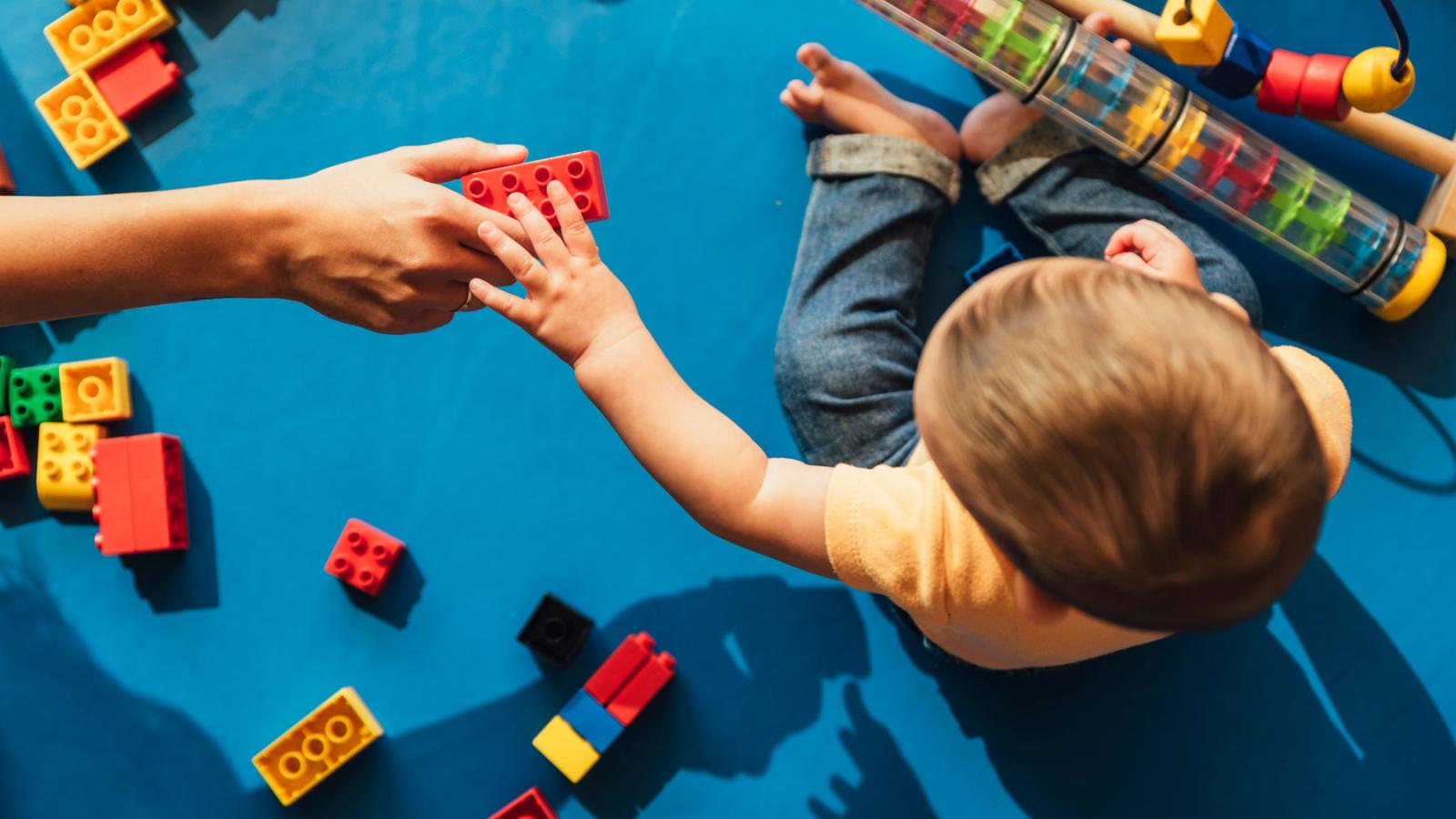Banner

Title
resources
Resource Library
Our Resource Library contains materials and assistance for early childhood educators and those they serve. Explore our selection of podcasts, tip sheets, websites, documents, and self-study courses.
Results: Page 31 of 210
| Resource Name | Description | Resource Type |
|---|---|---|
| Building a Safe Learning Environment in the Classroom | "Creating a safe learning environment is a top priority for early childhood educators. This goes beyond physical safety—it encompasses a space where children feel seen, heard, and valued, laying the groundwork for deep, meaningful learning. In this article [from Brightwheel Blog], we'll explore actionable strategies teachers can use to craft nurturing and safe spaces." | Website |
| Building HOPE Through Teamwork In Child Care Settings | Develop your leadership skills by exploring the HOPE method for teamwork. Learn how the foundational principles outlined in the HOPE acronym can be utilized to promote a positive and enriching environment that will benefit children, families, and staff.Knowledge and Competency Framework Area - VI: Professionalism CDA Content Area - VI: Maintaining a commitment to professionalismLevel 3 - Designs & Leads🔊 This course includes Audio and is accessible from a mobile device. For optimal performance, viewing from a computer or tablet is highly recommended. New Navigation ToolsClick on the black box with 2 white arrows to view the self-study in Full-Screen Mode.Click on the black box with white eyeglasses to view the self-study in Accessibility Mode.For ten clock hours on your Learning Record, please register and pay online at Develop. Then, complete a 500 word reflection paper and submit this document with your reflection. Please note: You have access to this document as view only. To enable editing, download the document. Click "file" then "download as" in the upper left-hand corner of this screen. This will give you the option to open the document as a Word doc on your own computer. Then, you can complete the information and email it to: credit@inclusivechildcare.org. *Disregard any directions regarding a final quiz. The only learning assessment needed is the reflection paper. | Course |
| Building HOPE Through Teamwork in Child Care Settings | The foundational principles outlined in the HOPE acronym can naturally encourage teamwork and collaboration to promote a positive and enriching environment to benefit children, families, and staff. For a more in-depth study on the HOPE method for teamwork, we recommend our course on the subject found here. | Tipsheet |
| Building Partnerships: Guide to Developing Relationships with Families | Discover the role that positive goal-oriented relationships play in effective parent, family, and community engagement and school readiness. Find definitions, tools, and guides for reflective practice and supervision. | Website |
| Building Resilience in Young Children | Building Resilience in Young Children is a resource to help you boost your child's ability to bounce back from life's challenges and thrive. It is filled with: up-to-date information, helpful tips, parent stories, and links to other resources. The ideas and resources are based on research and have been tested by parents, and the stories were provided by parents of young children. These parents hope that their experiences will help you and your family get through life's ups and downs. | Document |
| Building Social and Emotional Development Outdoors | From the Head Start Early Childhood Learning & Knowledge Center (ECLKC): Being outside fuels social and emotional development. Preschool children are often engaged in social activities when outdoors, and active bodies often lead to active emotions. These are the elements children need for constructive social and emotional learning. This Front Porch webinar begins a three-part series that explores learning outdoors during the preschool years. In this first episode, presenters discuss how outdoor environments create ideal conditions for children’s social and emotional development. They also explain how adults can use outdoor environments to help build social and emotional skills in children ages 3 to 5. | Website |
| Building the Legacy for Our Youngest Children with Disabilities | A Training Curriculum on IDEA 2004's Part C. | Website |
| Building Weight Inclusive and Weight Neutral Practices with Children | Listen as Priscilla Weigel interviews our guest, Alyssa Greene, Licensed Professional Clinical Counselor, Eating Disorder Specialist, and currently at the Minnesota Department of Health in the Children and Youth with Special Health Needs and Disabilities Division. Alyssa shares some key practices that can help set children up for a healthy view of their own bodies, acceptance of all body sizes and shapes, and how we as parents and professionals can advocate for people of all body sizes in your space whether that is children or adults. | Podcast |
| Bullies in the Block Area: The Early Childhood Origins of "Mean" Behavior | This brief first provides a summary of the developmental trajectory to bullying behavior and theories about social and environmental contributors to bullying. The remainder summarizes promising strategies and evidence-based intervention models designed to prevent bullying by addressing factors that contribute to the development of "mean" behavior and aggression in early childhood. | Document |
| Bullying in Preschool | Being bullied means to be exposed, repeatedly and over time, to negative actions on the part of one or more students. It may also include an imbalance of power. And research indicates that a child with a disability is more likely to be physically or verbally bullied than his typically developing peers. This tip sheet includes signs of bullying behavior and strategies for extinguishing bullying. | Tipsheet |
Results: Page 31 of 210